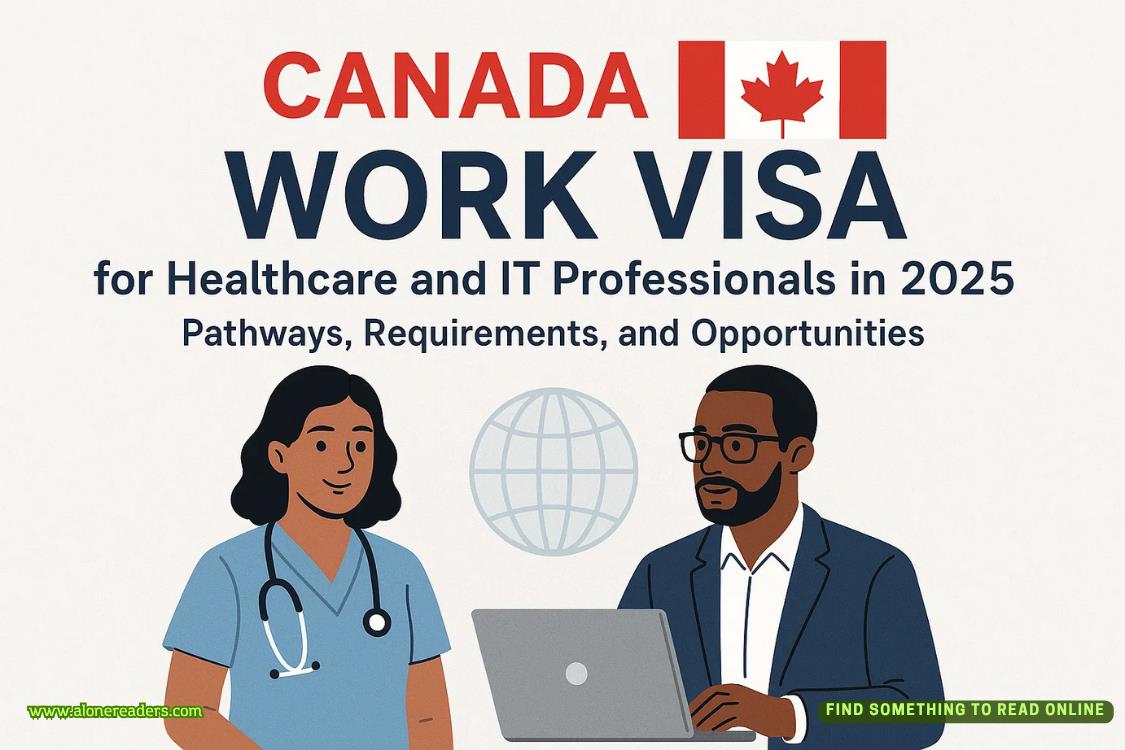Page 13 of Project Hail Mary
I finish the rest of my meal. I haven’t had to use a bathroom yet but I’ll need to eventually. I’d rather not go wee on the floor.
“Toilet?” I say.
A wall panel spins around to reveal a metal commode. It’s just right there in the wall, like in a prison cell. I take a closer look. It has buttons and stuff on it. I think there’s a vacuum pipe in the bowl. And there’s no water. I think this might be a zero-g toilet modified for use in gravity. Why do that?
“Okay, uh…dismiss toilet.”
The wall swivels around again. The toilet is gone.
All right. I’m well fed. I’m feeling a little better about things. Food will do that.
I need to focus on some positives. I’m alive. Whatever killed my friends, it didn’t kill me. I’m on a spaceship—I don’t know the details, but I know I’m on a ship and it seems to be working correctly.
And my mental state is improving. I’m sure of it.
I sit cross-legged on the floor. It’s time for a proactive step. I close my eyes and let my mind wander. I want to remember something—anything—on purpose. I don’t care what. But I want to initiate it. Let’s see what I get.
I start with what makes me happy. I like science. I know it. I got a thrill from all the little experiments I’ve been doing. And I’m in space. So maybe I can think about space and science and see what I get….
—
I pulled the piping-hot spaghetti TV dinner from the microwave and hustled over to my couch. I peeled the plastic off the top to let the steam escape.
I unmuted the TV and listened to the live feed. Several coworkers and a few friends had invited me to watch this with them, but I didn’t want to spend the whole evening answering questions. I just wanted to watch in peace.
It was the most watched event in human history. More than the moon landing. More than any World Cup Final. Every network, streaming service, news website, and local TV affiliate was showing the same thing: NASA’s live feed.
A reporter stood with an older man in the gallery of a flight-control room. Beyond them, men and women in blue shirts fixed their attention on their terminals.
“This is Sandra Elias,” said the reporter. “I’m here at the Jet Propulsion Laboratory in Pasadena, California. I’m here with Dr. Browne, who is the head of Planetary Sciences for NASA.”
She turned to the scientist. “Doctor, what’s our status now?”
Browne cleared his throat. “We received confirmation about ninety minutes ago thatArcLightsuccessfully inserted into orbit around Venus. Now we’re just waiting for that first batch of data.”
It had been a heck of a year since the JAXA announcement about the Petrova problem. But study after study confirmed their findings. The clock was ticking and the world needed to find out what was going on. So Project ArcLight was born.
The situation was terrifying, but the project itself was awesome. My inner nerd couldn’t help but be excited.
ArcLightwas the most expensive unmanned spacecraft ever built. The world needed answers and didn’t have time to dillydally. Normally if you asked a space agency to send a probe to Venus in under a year, they’d laugh in your face. But it’s amazing what you can do with an unlimited budget. The United States, European Union, Russia, China, India, and Japan all helped cover costs.
“Tell us about going to Venus,” the reporter said. “What makes it so hard?”
“The main problem is fuel,” said Browne. “There are specific transfer windows when interplanetary travel takes the minimum amount of fuel, but we were nowhere near an Earth-Venus window. So we had to put a lot more fuel in orbit just to getArcLightthere in the first place.”
“So it’s a case of bad timing, then?” the reporter asked.
“I don’t think there’s ever a good time for the sun to get dimmer.”
“Good point. Please go on.”
“Venus moves very fast compared to Earth, which means more fuel just to catch up. Even under ideal conditions, it actually takes more fuel to get to Venus than it does to get to Mars.”
“Amazing. Amazing. Now, Doctor, some people have asked, ‘Why bother with the planet? The Petrova line is huge, spanning an arc from the sun to Venus. Why not somewhere between?’ ”
“Because the Petrova line is widest there—as wide as the whole planet. And we can use the planet’s gravity to help us out.ArcLightwill actually orbit Venus twelve times while collecting samples of whatever material the Petrova line is made of.”
“And what is that material, you think?”















